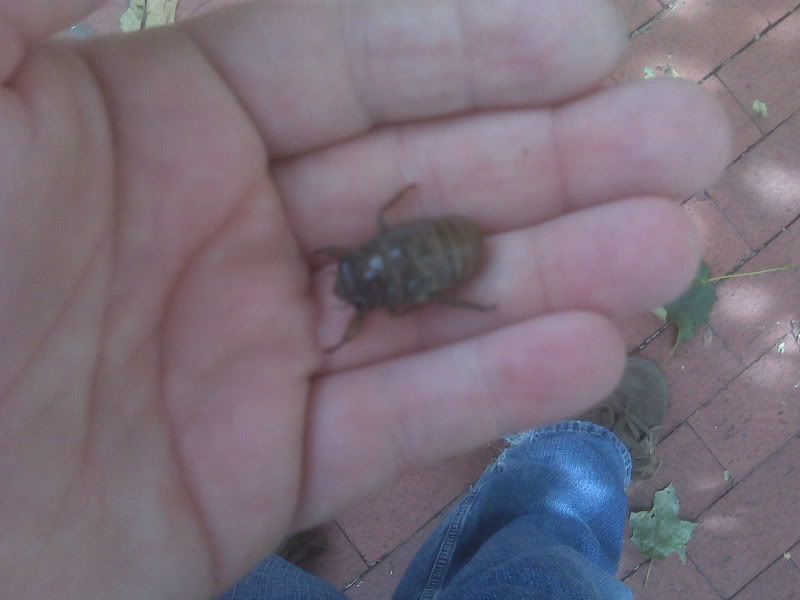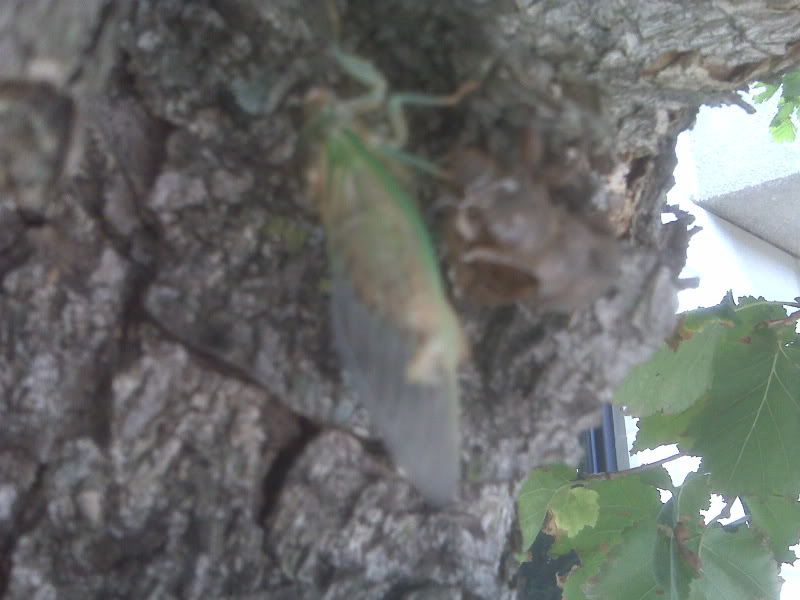Best of youtube #6: The Guild
If you're a fan of Joss Whedon, you'll certianly recognize Felicia Day.
It's a series about a group of people who are addicted to a World of Warcraft type game.
Labels: Best of Youtube, Blag
A blog about science and religion from the viewpoint of a biology student in a state that's pretty much not on the map.
Labels: Best of Youtube, Blag
I'm actually working on a few things right now. Both about parasitoids...expect them soon.
Labels: Blag, Entomology, Movies, Parasites
...but you just know that when something goes awry, he's praying for the world to end.

Labels: Athiesm, Blag, Cartoons, Flat Out Idiocy, Religious Nutcases
...and I've finally started one.
Labels: Blag
...I sincerely hope the tarantulas were rare.
Labels: Blag, Bug Keeping, Culture, Legal
I have a science post coming up on Friday, thanks to the 'schedule post' function so I figured I'd do a music post this week.
This song is called Catch My Fall by Katie Rose and you can find the lyrics here.
The clips in the background are from the movie Thirteen which is about a young teenage girl (played by Evan Rachel Wood) who discovers drugs, sex, crime and numerous other bad things through the help of the 'popular girl'. It's a coming-of-age clique story, but it's the fucked-up version which shows the things you'll never see in a Lindsay Lohan film. It deals with drug addiction, depression and shows cutting as well as a handful of other things I remember seeing a couple of my friends going through back in my early high school days. The movie deals with it's themes bluntly and honestly without trying to glorify or euphamize anything which happens during the course of the movie.
Labels: Best of Youtube, Blag, Culture, Movies
So after an entire summer of waiting, I have my first round of tests this week. And another custody battle to go through.
Labels: Best of Youtube, Blag, Legal, Personal, School
The idiocy of creationists and people like the Discovery institute never fails to amaze me. Or amuse me.
Labels: Anti-Creationism, Blag
Quite a bit of what I blog about is going to come from my entomology class notes. To me, blogging is a way to help me understand various papers by forcing me to read them and then regurgitate the information in a form that's easy for people to understand. This is no different.

 Yes...the pictures suck. I know. Blackberry needs to make a cellphone camera with a macro function.
Yes...the pictures suck. I know. Blackberry needs to make a cellphone camera with a macro function.

Labels: Blag, Entomology, Textbook Blogging